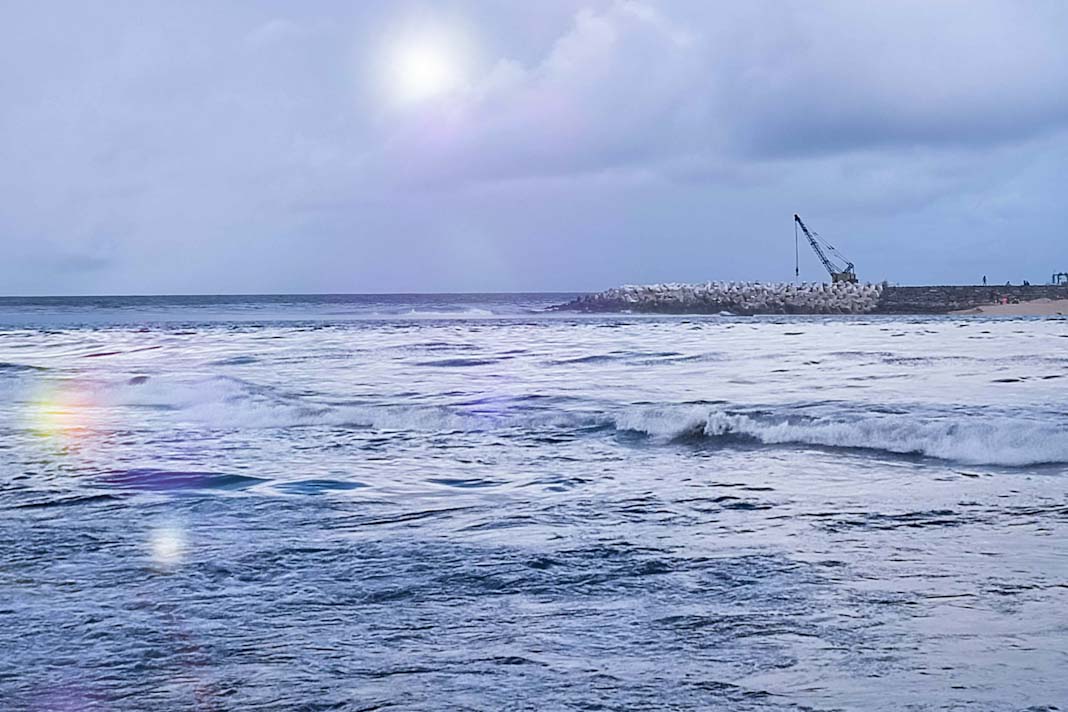 Skyrocketing freight rates in the product tanker market, especially in the LR segment, are luring some charterers to use VLCCs for the CPP trade after tank cleaning. As most LRs carrying Middle Eastern diesel to Europe are passing through the Cape of Good Hope, the stretched voyages have not only increased the cost of transportation but also tightened tonnage supply, underpinning LR rates.
Skyrocketing freight rates in the product tanker market, especially in the LR segment, are luring some charterers to use VLCCs for the CPP trade after tank cleaning. As most LRs carrying Middle Eastern diesel to Europe are passing through the Cape of Good Hope, the stretched voyages have not only increased the cost of transportation but also tightened tonnage supply, underpinning LR rates.
VLCC vs LR1
Usually, crude tankers carry CPP from the Far East to Europe on their maiden voyage as the tanks of a new tanker are clean. However, a limited delivery schedule for crude tankers (five Suezmaxes and one VLCC) in 2H24 will give little respite to the compressed product tanker market.
The process of tank cleaning to make a crude tanker capable of carrying CPP is lengthy and expensive. According to our estimates, the cost of tank cleaning for a VLCC, including fuel cost, chemical cost, staging cost, de-slopping charges, manpower cost, shipyard cost, off-hire cost, etc., will be roughly in the range of $1.1-1.3 million. Additionally, VLCC employment will have many operational limitations.
To assess the attractiveness of employing VLCCs in the CPP trade, we considered a hypothetical case where a charterer takes a non-eco VLCC on a 1-year time charter and employs it in AG-NW Europe diesel trade after cleaning tanks. We assume all contractual obligations are in place, and there is no port limitation for VLLCs to load/discharge CPP.
Freight cost
In such a case, as per our estimate, the freight cost of carrying 280,000 tonnes of diesel from the Arabian Gulf to Rotterdam via the Cape of Good Hope will be $25 per tonne as compared to the spot rate of $75 per tonne for LR carrying 65,000 tonnes of diesel on the same route. A massive $50 per tonne freight cost difference will not only recover the cost of tank cleaning in a single voyage, but it will also save huge shipping costs for the charterer.
Did you Subscribe to our daily newsletter?
It’s Free! Click here to Subscribe
Source: Drewry
















